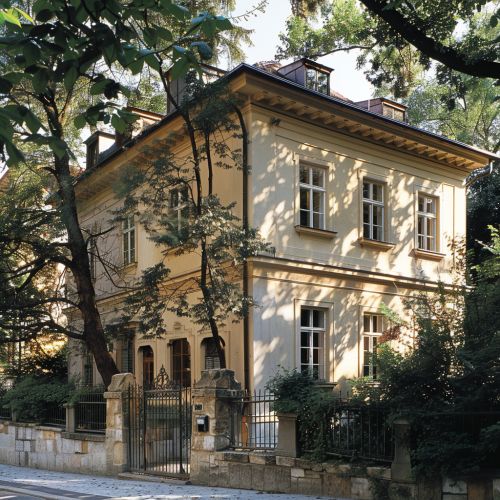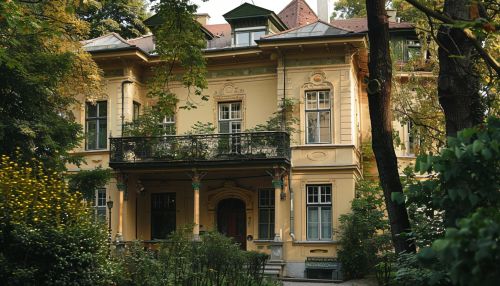Anna Freud
Early Life
Anna Freud was born on December 3, 1895, in Vienna, Austria. She was the youngest of six children born to Sigmund Freud, the founder of psychoanalysis, and his wife Martha Bernays. Anna was a lively child with a competitive spirit. She was particularly close to her father, despite his long absences due to work and illness.


Education
Anna Freud received her education at home until the age of 13, when she entered the Cottage Lyceum in Vienna. Her early education was largely influenced by her father's intellectual circle. She was introduced to her father's theories at an early age, which sparked her interest in psychology.
Career
Anna Freud began her professional career as a teacher at her old school, the Cottage Lyceum. However, her interest in her father's work led her to abandon teaching and join his psychoanalytic practice in 1922. She became an important figure in the psychoanalytic movement, particularly in the area of child psychoanalysis.
Child Psychoanalysis
Anna Freud made significant contributions to the field of child psychoanalysis. She introduced the concept of defense mechanisms, a theory that suggests that individuals unconsciously use certain behaviors to protect themselves from unpleasant feelings or situations. She also developed innovative therapeutic techniques for children, including play therapy.
Later Life and Death
In 1938, Anna Freud and her father fled Austria due to the rise of the Nazi regime. They settled in London, where Anna continued her work in psychoanalysis. She founded the Hampstead Child Therapy Course and Clinic in 1952, which later became the Anna Freud National Centre for Children and Families. Anna Freud died on October 9, 1982, in London.
Legacy
Anna Freud's work has had a lasting impact on the field of psychoanalysis, particularly in child psychology. Her theories on defense mechanisms and her development of child therapy techniques are still widely used in modern psychology.
